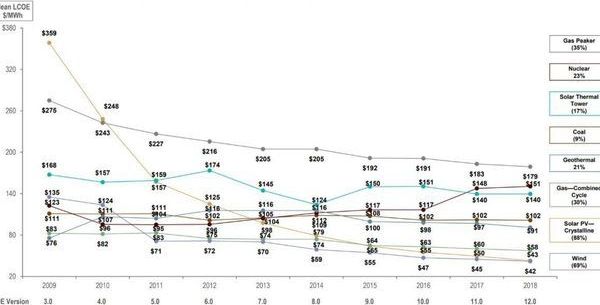Jan 24, 2019
First geoengineering experiment to dim the sun on track for 2019
Posted by Victoria Generao in categories: climatology, engineering, particle physics, space
© Getty Harvard scientists will attempt to replicate the climate-cooling effect of volcanic eruptions with a world-first solar geoengineering experiment set for early 2019.
The Stratospheric Controlled Perturbation Experiment (SCoPEx) will inject calcium carbonate particles high above the earth in an attempt to reflect some of the sun’s rays back into space.
It will likely mark the first time the controversial concept of dimming the sun — more scientifically known as stratospheric aerosol injection (SAI) — will be tested in the real world.
Continue reading “First geoengineering experiment to dim the sun on track for 2019” »

 © Getty Harvard scientists will attempt to replicate the climate-cooling effect of volcanic eruptions with a world-first solar geoengineering experiment set for early 2019.
© Getty Harvard scientists will attempt to replicate the climate-cooling effect of volcanic eruptions with a world-first solar geoengineering experiment set for early 2019.

















